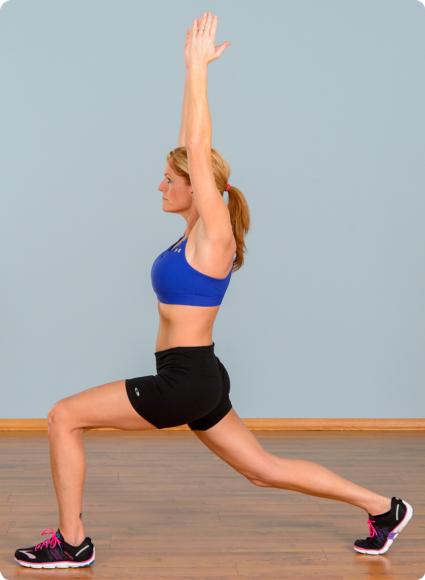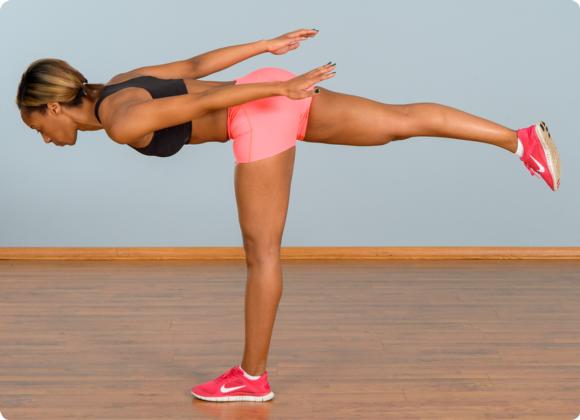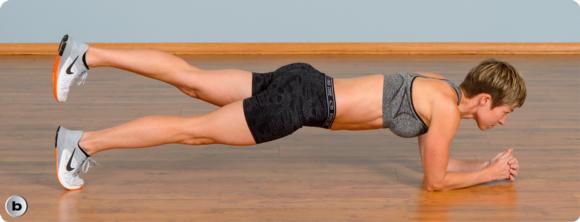Yoga and Pilates Exercises
This is an excerpt from Women's Guide to Triathlon, The by .
If you have the time, take regular classes with an experienced instructor. Having a teacher observe your form and offer individual feedback, either verbally or with a hands-on assist, helps you develop healthy habits and stay safe in your practice. When you execute the majority of your other workouts solo, it's also nice to practice in a group setting for camaraderie.
While having a regular yoga or Pilates routine can do wonders for your training and well-being, an overenthusiastic practice - too hard, too hot, or too frequent - can adversely affect your performance. Be sure that the highest intensity and volume of your exercise is in inverse proportion to the intensity and volume of your training. The off-season is the time to first investigate these practices. As you grow closer and closer to your peak competition, the physical intensity of your practice should become increasingly more mellow. This is the time for gentle and restorative practices and for a focus on meditation and breath awareness.
The following poses and exercises are derived from yoga and Pilates. You can execute them at home to balance strength and flexibility in the core and hips for better, injury-free performance in triathlon. For more on yoga philosophy and physiology and for ways to fit yoga into your training plan, please see my books, including The Athlete's Guide to Yoga (2008),The Athlete's Guide to Recovery (2011), and The Runner's Guide to Yoga (2012).
Include this routine three times a week in your base period, twice weekly in your build period, and once weekly in your peak period. Follow the poses in the order listed here, and complete enough repetitions or hold for enough breaths that you feel the effects, but don't overdo it. Practiced mindfully, these exercises will have powerful benefits for your swim, bike, and run, as well as your general well-being.
Crescent Lunge
The crescent lunge is a critical exercise both for strength and for flexibility through the hips. It approximates the movement your legs make as you swim, bike, and run. The more balanced and fluid you are in a lunge, the more efficient your movement will be and the more you'll be able to ward off injury.
For the crescent lunge, start by standing tall. Step your right foot back a few feet, and check that it is not directly behind the left foot but still at hip width, a few inches to the right. Keep your left knee directly over the top of the left ankle, but let it bend as much as feels good (figure 5.1). You'll feel a release in the front of the right hip, especially if you push back through the right heel and lift the right thigh toward the ceiling. Your hands can rest on your hips, come to prayer position, or lift overhead, together, parallel, or in a Y position, as your chest stretches. Hold for 10 breaths, then repeat on the other side.

Crescent lunge.
Warrior III
Warrior III asks you to hold the lines of plank pose while standing on one leg. Thus it builds core strength in addition to stability in the hip and lower leg.
Stand tall, then shift your weight into the left foot and lift your right leg behind you as you lean your pelvis and torso forward (figure 5.2). Aim to hold a long line from your foot through your hips and shoulders. Hands can be on the hips, in prayer, or extended off or in front of the shoulders for more challenge. Hold for 10 breaths on each side, and if that's easy, repeat two or three times.

Warrior III.
For a quick dynamic warm-up or strength-building two-pose flow, move back and forth between crescent lunge and warrior III. Try to make the transitions refined, deliberate, and smooth. Taking 10 breaths or more while flowing between the two poses will get your hip muscles firing, wake up your lower legs, and build your focus and balance before your workout.
Front Plank With Leg Lift
Holding strong up the central line of the body is critical for efficiency in the swim, bike, and run; plank is the ideal exercise to build strength up the center. Hold your pelvis neutral and your spine long. Letting the hips sag or lifting the bottom too high will add strain to your back, so find a neutral alignment. Plank (figure 5.3a) can be done on the hands or on the forearms, palms together or parallel. Either keep your knees to the floor several inches behind your hips, or lift to the balls of the feet with the heels pressing back. Hold for three to five rounds of 5 to 20 breaths each.




Plank variations: (a) basic front plank; (b) front plank with leg lift; (c) front plank with arm lift; (d) front plank with opposite arm and leg lift.
For more work, try slowly lifting and lowering one leg (figure 5.3b), then the other. This mimics the movement of kicking, pedaling, and running, all of which require that you hold the core steady while the legs alternate movement. To find further challenge, try lifting one arm (figure 5.3c), then the other, which builds strength for the swim stroke and helps you hold a steady line on the bike while you reach for your water bottle. For even more challenge, lift opposing legs and feet simultaneously while holding the central channel of the body long (figure 5.3d). This can be done from any version of plank, whether on the knees, feet, hands, or forearms.
More Excerpts From Women's Guide to Triathlon, The
SHOP

Get the latest insights with regular newsletters, plus periodic product information and special insider offers.
JOIN NOW


